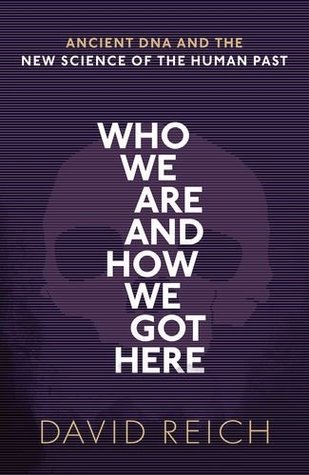Thus, even if it is true that increases in the frequency of mutations were important in allowing modern humans to match their biology to new conditions during the Upper Paleolithic and Later Stone Age transition, what we now know about the nature of natural selection in humans and about the genetic encoding of many biological traits means it is unlikely that the first occurrence of these mutations triggered the great changes that followed. If we search for answers in a small number of mutations that arose shortly before the time of the Upper Paleolithic and Later Stone Age transitions, we are
...more
Welcome back. Just a moment while we sign you in to your Goodreads account.


